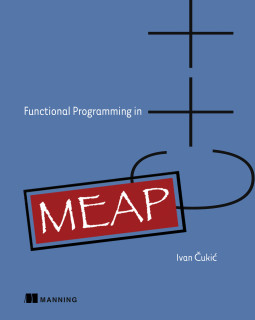I’ve got a chance to share a part of my upcoming book here. It is an excerpt from the second chapter.

The main feature of all functional programming languages is that functions can be treated like ordinary values. They can be saved into variables, put into collections and structures, passed to other functions as arguments, and also returned from other functions as results.
Functions that take other functions as arguments, or that return new functions are called higher-order functions. Higher-order functions is probably the most important concept in functional programming. As you might know, programs can be made more concise and efficient by describing what the program should do on a higher level, with the help of standard algorithms, instead of implementing everything by hand. Higher-order functions are indispensable for that. They allow us to define abstract behaviours and more complex control structures than those provided by the C++ programming language.




